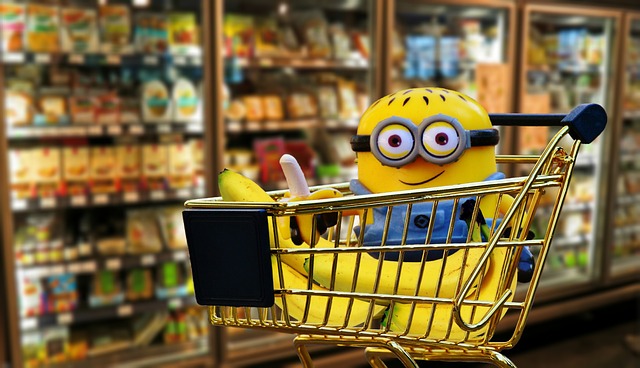Israeli (and other) Consumers: Scan those ingredient lists – or eat at your own risk!
According to the Israel Consumer Council, most people don’t read the labels on food packages.
Only 17% take care to always read the label, with 40% of consumers not reading the label at all. The survey also shows that the reason that people don’t bother reading the labels is that they are not interested in the information. 10% claim that they don’t understand what is written, and 10% don’t believe the data printed there. 50% of the women surveyed will read the labels, as opposed to 29% of the men.
I think that’s a shame. My family’s been checking food labels for many years now. Even my children will call me from the grocery store to inquire about products and ingredients they are not familiar with. It’s important to check the ingredients listing since even a rudimentary understanding or scan of the label will offer big clues as to whether or not you should by the product. (And, no, I don’t mean the Nutrition Facts – they are essentially meaningless, telling you little, if anything about quality and real nutritive value of the food.). My rule of thumb is:
the fewer ingredients, the better.
I don’t buy foods with ingredients that aren’t necessary, such as (in many instances) added sugars, vegetable oils which are not identified (and no polyunsaturated oils), and non-food chemical additives. In Israel, as in Europe and several other countries, additives are listed as E-numbers (more about those in a following post) so, as much as possible, I avoid products that include E-numbers.
Manufacturers add many different ingredients to a food product, many of which are designed in the lab to make you want to eat more so you will buy more (think Pringles, for instance. Oh, how I used to enjoy eating and eating and eating those chips), to make the product cheaper, or to give you a shelf-stable uniform product that looks better than the real thing and will last forever (hint: real food spoils). Many ingredients, such as sugar in tomato paste and sauce or vegetable oil in Parmesan cheese (which makes the cheese cheaper to produce and less healthy), don’t need to and shouldn’t be in there. Ingredients that you would never have at home or ever add to your own recipes such as foaming agents, stabilizers, waxes, and packaging gases are included in packaged food products, although they are rarely identified outright as such. The unsuspecting consumer ingests a confection of, generally, lab created chemicals that do not benefit, and are often quite deleterious to, their health, And, this is only the tip of the iceberg.
Become a more savvy food shopper and make wiser choices to benefit your health and the health of your family. Whether you are you part of the 40% who don’t read the label or the 17% that do, click on Shopping Guidelines, my new page here on Nourishing Israel based on the Weston A. Price Foundation 2014 Shopping Guide [edited annually to most updated guide, cl] , to help you get back to the basics of quality food and good nutrition. Learn which foods are best or good to buy and which foods you are wise to avoid. Print the page and take it with you when you go to the supermarket. Make sure to share the Shopping Guidelines with your friends and family, too!
Start on your road to better health and well-being today!
